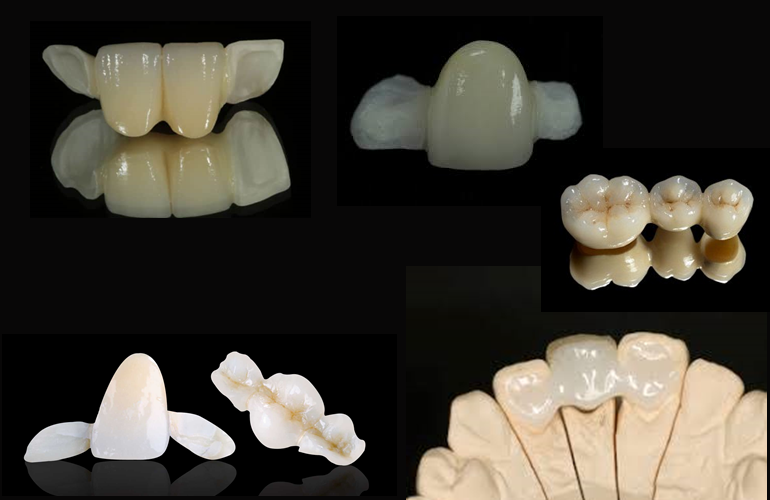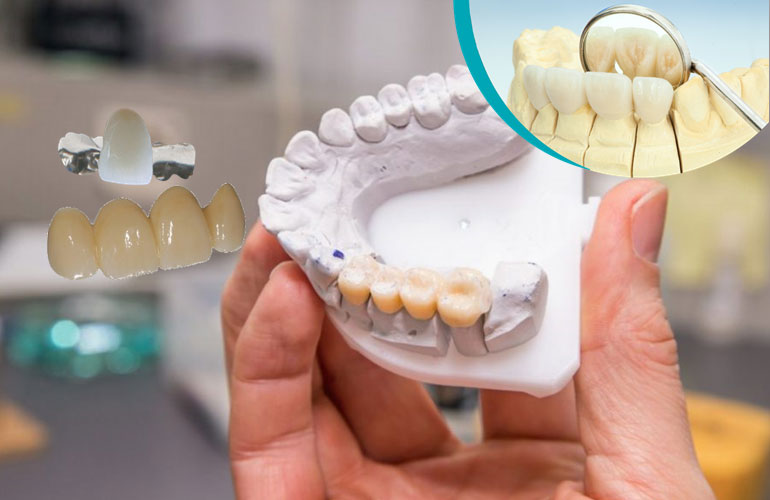A dental bridge is a way to replace a missing tooth or teeth.
A dental bridge typically consists of two crowns placed on abutment teeth or implants on either side of a gap in the mouth, in addition to a false tooth that joins the two crowns and fills the gap. Bridges do however, possess some additional considerations in the treatment planning phase: tooth preparation, the choice of material and how we care for them afterwards.
Once you have a bridge fitted, you will have to take extra care of your daily hygiene regime to ensure it stays plaque free and that you can prevent bad breath.
There are some disadvantages also. Our dentist will discuss about the advantages and disadvantages and suitability of individual cases on your assessment.
Creating a fixed bridge is usually a good option if the teeth side are strong enough to support the bridge but are already crowned or have had large fillings.
Sometimes adhesive bridges can be constructed. These have a lot less impact on the neighbouring teeth because the latest bonding techniques are used to hold the false tooth in place.



